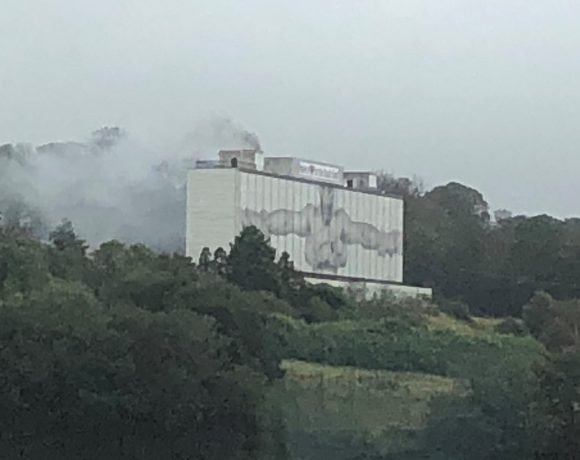MICHAEL WOLSEY: It’s the €3bn National White Elephant Plan

WORK on installations for the National Broadband Plan will begin in January and the Government believes it will all be completed by 2027.
Well, that’s what it says. But there are elections looming and politicians would say Mass if they thought it would get them a few extras votes.
Judging by other State projects, 2037 is a more realistic date and, given the problems that have jinxed this particular plan, we should probably add a few years to that.
The saga began in 2012 with an announcement by the then Minister for Communications, Pat Rabbitte. His officials estimated that the scheme would cost €350m. Today the price is put at €3bn. By the time the work is finished, it will, I have no doubt, be the most costly project any Irish government has ever embarked on – one that will make the National Children’s Hospital look like a model of fiscal rectitude.
And I fear it will also prove to be a white elephant.
When the Children’s Hospital is finally completed we will at least have a hospital. But there is no certainty that the Broadband Plan will deliver what is promised – high-speed broadband cabled to every house that wants it.
That’s not what the contractor, National Broadband Ireland (NBI), is offering.
NBI is a wholesaler, not a service supplier. It will lease lines to other retail operators who will then sell the broadband services to individual customers.
NBI will bring its broadband to somewhere near your house. But if that house is at the end of a boreen, halfway up a mountain, you will still have to find an operator who is willing to hook you up and maintain the service come hell, high water, or the usual winter storms.
Retail operators may not be easily found but, there again, I’m not sure there will be any great number of customers clamouring for the service.
We have been told by countless politicians that this plan is vital for the survival of rural Ireland but where is the proof of that contention?
Of course, most people would like access to reliable and speedy broadband. But how fast does it have to be and why does the fibre have to be brought directly into every house?
Quietly, without any fuss, several wireless services have been delivering broadband to homes around the country.
One, called Imagine, has been supplying large swathes of the South East, including some pretty remote areas of west Waterford.
A company called Viatel has brought excellent broadband to the Aran islands and another, called Ivertec, has brought it to Kerry’s Black Valley, the last place in Ireland to get electricity.
It is not as fast as a full fibre service and it might not do for, say, a major company trading worldwide. But it is fast enough for home use and for small rural businesses.
If you want to run an Amazon-style company from your rural kitchen you may need the sort of service promised by the National Broadband Plan but for the vast majority of users, there are viable alternatives and advances in technology will make them more viable still.
Work on the broadband plan will begin with a survey of ducts, poles and other infrastructure.
Ducts? Poles? It’s sounding very dated already and the work has not even started.
In the seven years since this plan was mooted, technology has advanced enormously. In the seven years it will take to complete (believe that if you will!) telecommunications will have changed beyond recognition.
The Government is proposing to spend a fortune on a scheme which is not really needed, may never be fully supplied, and will probably be out of date before the work is finished.
And they think that’s a vote winner? Think on, ministers, think on.




